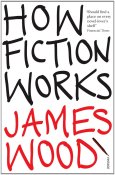One month into promoting my first novel The Art of Misdirection on Inkshares and I’ve learned that crowdfunding isn’t as easy as you might think.
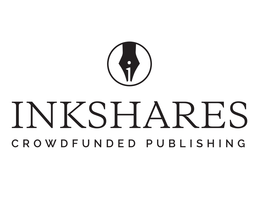 Rather than providing a means for collecting the cash to fund whatever project milestones you decide on, Inkshares crowdfunding platform collects preorders to fund the publication of your book.
Rather than providing a means for collecting the cash to fund whatever project milestones you decide on, Inkshares crowdfunding platform collects preorders to fund the publication of your book.
They then take care of the design, editing, distribution and marketing for the final product, providing you hit your funding target—all the stuff that, even with a chunk of cash raised, you might not have time, resources or know-how to do yourself.
It’s an interesting proposition and one that appealed to me because of its author-focus, and the possibility that they can take on some of the heavy lifting once the funding target is hit.
One month in and my own campaign with Inkshares hasn’t exactly taken off like I’d hoped. This is primarily because the onus on promoting the campaign lives with me, and not with Inkshares. New to crowdfunding, and to online promotion of my work in general, I went into it woefully unprepared and am now playing catchup.
So, what should you know before you start using Inkshares—or similar services—to crowdfund your novel?
1. Build it and (then) they will come:
By ‘it’, in this case, I mean your fan base. Launching into your crowdfunding campaign without an existing fan base is just about as stupid as it sounds. No twitter or Facebook followers? No blog for readers to see your work on? You’re making life that much harder for yourself. Even if you are hugely talented, you’re going to find it hard to shout about your campaign with no-one listening to you—and it takes time to build up your audience …
2. Give yourself time:
Since I had a finished work in its final stages of editing, I jumped right ahead and announced my novel for funding via Inkshares on day one. A bad move. I didn’t have to do this—I could have listed the work, generated interest, and then switched the funding campaign on at a later stage.
In the last month I’ve worked hard to increase twitter followers, to produce interesting and relevant blog content and to build up some sort of audience, but the campaign-clock is ticking. Generating interest in your project before launching your crowd funding campaign will help buy you extra time to hit your target.
3. Hone your pitch:
Using a platform like Inkshares means you don’t have to pitch to an agent or publisher—but you do have to pitch to hundreds of thousands of potential readers. The Inkshares platform is designed to be friendly and encouraging, but when you start to promote your campaign on other channels it becomes much harder to tell potential readers what your book is about without a concise pitch and tagline. Can’t explain your plot in a paragraph? How about 140 characters?
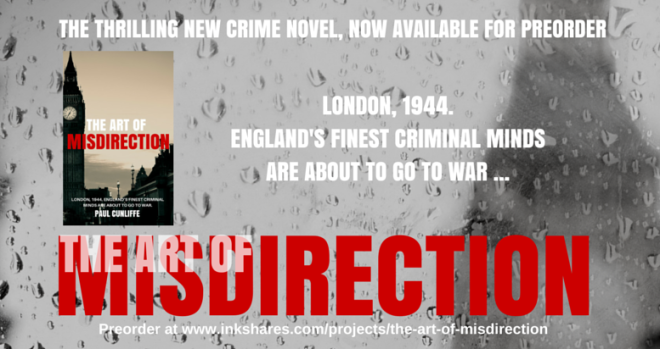
4. Think visually:
A decent cover will go a long way towards making your project stand out from the crowd, but visual assets are also important for promoting across other channels, too. Appropriately sized assets for social media channels will help your campaign look professional and will encourage people to share. If you can afford to hire a designer, that’s your best bet. If you’re going to do it yourself, Canva is the best online tool I’ve found for creating e-book covers, with lots of templates and professional photography you can use for a minimal fee.
Book trailers and video interviews are also great at attracting attention. There are quite a few on the Inkshare platform and they certainly seem to help give their book a boost.
Have a look at this example from Alison Carlson’s Winston Churchill study, The Man Within:
https://player.vimeo.com/video/110510270?
5. Be social:
Twitter remains the biggest source of traffic for my campaign and social media has really helped drive traffic to my Inkshares page, and to my blog. Facebook was great for announcing the campaign, and drove the first batch of sales.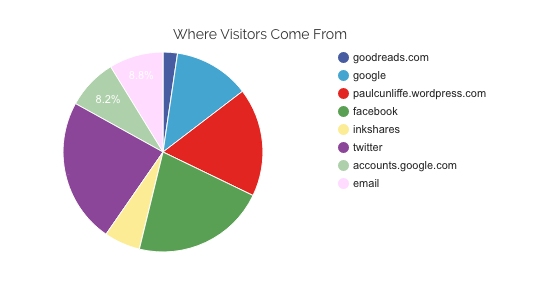
I’m still working on build up more interesting content to tweet about (see points 1 & 2) but the most successful social interactions to date have come from a raft of related content I’ve been working on: given that 1930s London gangster Darby Sabini appears in my book, and the recent Netflix series Peaky Blinders, this gave me a great excuse to talk about my research, and tap into Peaky Blinders fan base. Thinking outside the box is a great way of expanding your reach. Inspired by a particular places, person or piece of work? There’s a whole bunch of new people to talk to about your campaign through social media.
So, that’s my experience of crowdfunding with Inkshares to date. Not as successful as I would have liked (though there’s still time) but if nothing else launching the campaign has forced me to focus on developing my online presence as a writer. I’ve doubled my twitter followers, have a blog up and running, and new short fiction and articles circulating online.
If the Inkshares campaign doesn’t hit its target, then I’ll have at least gone some way to building up a fan base for other activity in the future.
Launching your book through Inkshares or another crowdfunding platform? Let me know our experiences below, and check out the Art of Misdirection funding page while you’re at it.
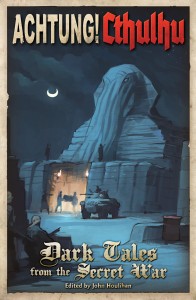
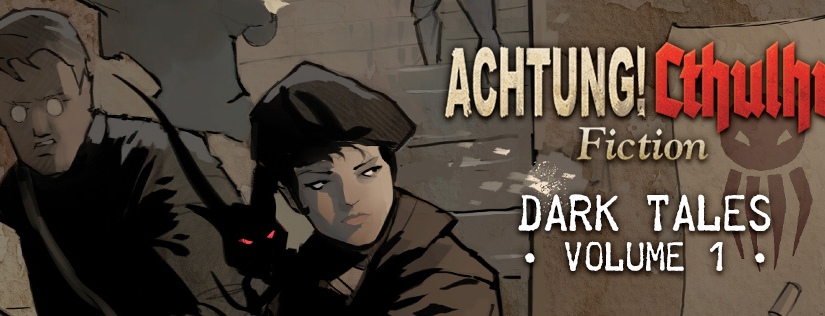
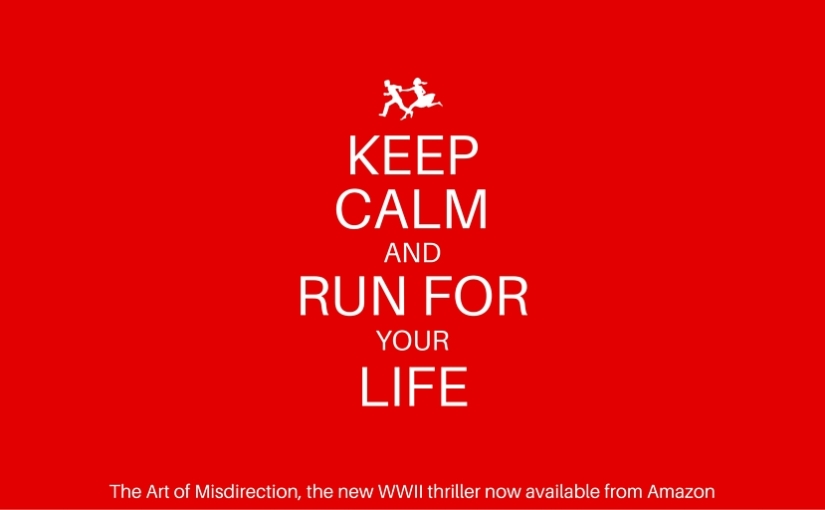
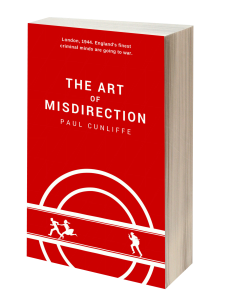



 Currently Reading:
Currently Reading: 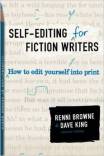 Covering the basics in an easy to digest fashion, Self-Editing for Fiction Writers is my favourite book about writing. I’ve gone back to it many times as it covers the basics so well. Starting with the obligatory show don’t tell chapter, it moves on at a pace to cover point of view, dialogue, interior monologue, beats, and a range of other areas. The content is well organised and there are plenty of practical tips.
Covering the basics in an easy to digest fashion, Self-Editing for Fiction Writers is my favourite book about writing. I’ve gone back to it many times as it covers the basics so well. Starting with the obligatory show don’t tell chapter, it moves on at a pace to cover point of view, dialogue, interior monologue, beats, and a range of other areas. The content is well organised and there are plenty of practical tips.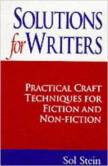
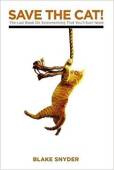 ome of the most useful books about plotting fiction are about writing screenplays and Snyder’s snappy guide to plotting Hollywood money-spinners is a great way to get to grips with, or reaffirm the basics of, driving your story forward. The same criticisms levelled at this book apply whether you’re writing a novel or a screenplay – it’s about writing stories that sell, not necessarily about being a great writer – but if you’re having issues with your plotting, this book can help you work out what to do next, or at least what not to do next.
ome of the most useful books about plotting fiction are about writing screenplays and Snyder’s snappy guide to plotting Hollywood money-spinners is a great way to get to grips with, or reaffirm the basics of, driving your story forward. The same criticisms levelled at this book apply whether you’re writing a novel or a screenplay – it’s about writing stories that sell, not necessarily about being a great writer – but if you’re having issues with your plotting, this book can help you work out what to do next, or at least what not to do next.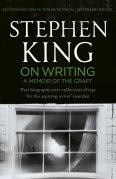 There aren’t many contemporary ‘best books for writers’ lists that don’t have On Writing in them, and that’s because it’s one of the most interesting and unique books on the craft out there. Roger Ebert said of On Writing, that it ‘had more useful and observant things to say about the craft than any book since Strunk and White’s The Elements of Style‘.Part childhood memoir, part writer’s tool-kit, On Writing is eminently readable and contains plenty of no-nonsense, tough-love advice in a tone of voice King’s readers will appreciate.
There aren’t many contemporary ‘best books for writers’ lists that don’t have On Writing in them, and that’s because it’s one of the most interesting and unique books on the craft out there. Roger Ebert said of On Writing, that it ‘had more useful and observant things to say about the craft than any book since Strunk and White’s The Elements of Style‘.Part childhood memoir, part writer’s tool-kit, On Writing is eminently readable and contains plenty of no-nonsense, tough-love advice in a tone of voice King’s readers will appreciate.